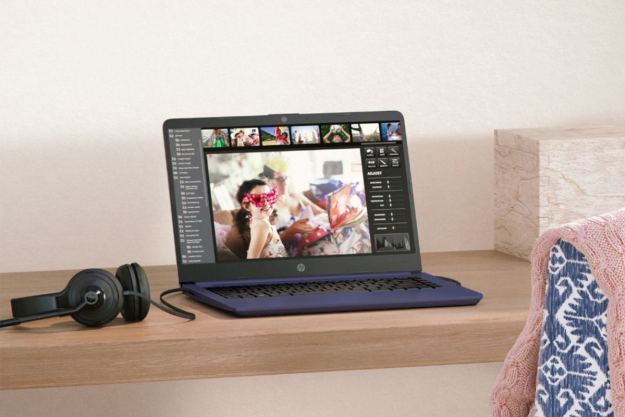
The Federal Communications Commission has formally approved a proposal (PDF) that will enable mobile device manufactures to use unused portions of the television broadcasting spectrum—so-called “whitespaces”—for unlicensed mobile broadband operations. The whitespace signal spectrum spaces were freed up as part of the United States’ transition from analog to digital television broadcasting, and promise to offer consumers devices with wireless capabilities that have both longer range and greater bandwidth than current Wi-Fi solutions—the technology has been dubbed “super Wi-Fi” because of its improved bandwidth and ability to more easily penetrate buildings. The approval also marks the largest block of spectrum space the FCC has opened up for unlicensed use in the last 20 years.
Opening up whitespace spectrum is a key component of the FCC’s National Broadband plan, which hopes to bring broadband Internet service to a broad range of the U.S. population. It’s also touting the technology as a mechanism to create jobs and new business opportunities in the United States.
The FCC’s specifications for how unlicensed whitespace devices must operate is a little complicated, and may pose some hurdles to device manufacturers as they try to get all the details right. The FCC’s order eliminates a previous proposed requirement that all whitespace devices incorporate geolocation and database lookup functions to determine if spectrum is available in their current locations. Instead, some devices—dubbed Mode I— will be required to include receiver technology that can detect TV stations and nearby low-power transmitters like wireless microphones so they can avoid interfering with them. Mode II devices (expected to operate at fixed locations) will be required to check in once a day with an FCC database of licensed TV space transmitters and adapt their signals to stay out of the way of licensed use. Mode I devices can receive spectrum availability information from Mode II devices (or check in with Mode II devices regularly) to avoid licensed transmissions.
The nature of television transmission licensing means there aren’t blocks of whitespace spectrum that are universally available around the United States: devices have to be smart enough to detect whether any transmitters are operating in the area, and shut down if they could be interfering. In some markets—like New York and other major urban areas—the number of white space frequency bands is comparatively small.
The order also sets aside two unused VHF channels exclusively for wireless microphone use. In general, the FCC doesn’t want wireless microphone installations to be registered in the FCC’s database of approved transmitters, but will be authorizing exceptions for major events where a large number of wireless microphones could legitimately be in use.
Editors' Recommendations
- Internet guerrillas: Inside the DIY broadband revolution with NYC Mesh
- Asus pairs the portable ROG Flow X13 2-in-1 with a miniature XG Mobile eGPU
- FCC approves Apple’s new Mac Pro, suggesting an imminent launch


